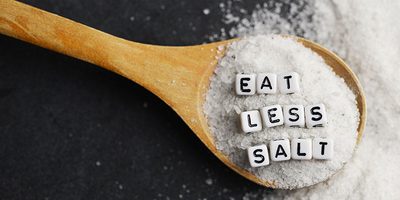
Reducing salt in the Australian diet
The overall aim of this project is to provide new evidence that will lead directly to a sustained reduction in the average salt consumption of Australians.
Methods
This project comprises three main phases. First, a baseline assessment phase in which initial data collection will establish the magnitude of the problem, the chief reasons for it and the baseline against which progress can be measured.
The second phase will use these local data in conjunction with global knowledge about optimal strategies for salt reduction programs to formulate a community based salt reduction program. Comprehensive prior engagement of the Chief Investigators with the Partners, Federal Government and major national industry partners point to a high likelihood of the research findings translating into policy change and industry action.
Finally, the third phase will repeat the baseline assessments to document the effectiveness of the policy response and provide insights for program tailoring in subsequent years.
By the completion of the five-year project plan it is intended that we will have achieved a significant reduction in mean population salt consumption. In addition that there will be a commitment from government and industry to ensure ongoing support for a continued cycle of monitoring, implementation and assessment that will ensure national levels of salt consumption are reduced to the minimum possible and kept there.
Status
Phase I Baseline data collection was done in Lithgow, New South Wales, Australia between March and June 2011 and is ongoing in Victoria. The crude mean 24 hour urinary salt excretion in Lithgow was 9 grams per day (SD3.3). The proportion of individuals exceeding the 6 grams per day recommended maximum level for Australians was 79% reaffirming the urgent need for concerted action to address salt consumption in Australia.
Phase II will commence in 2013 with the launch of a number of community based strategies to reduce salt consumption.












